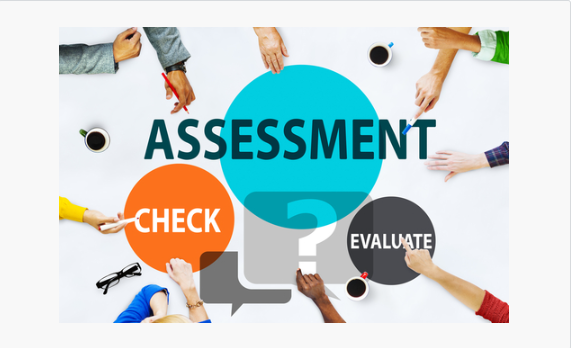|
Completing a financial audit successfully and in a timely and cost-efficient manner requires proper preparation, which should be an ongoing process throughout the year. Below are several key steps that should be taken during the year to prepare for the audit.
The steps I am recommending are those that I undertook in preparing for the financial audits at several nonprofits and as a consultant helping my clients with the process. Taking these steps can reduce audit cost and help to ensure that the audit is completed in a timely manner. In the new environment of remote or hybrid work, many nonprofits are implementing or expanding the distribution of their organizations' credit cards.
The risk of improper or fraudulent use of an organization’s credit cards can only be mitigated by the implementation, administration and oversight of an efficient and effective credit card program. Without efficient and effective finance operations, a nonprofit organization cannot successfully fulfill its mission, especially in today's environment of inflation, staffing and supply chain issues. This means streamlining and improving your organization’s financial procedures. An efficient and effective finance operation supports the mission of a nonprofit organization:
With cybersecurity concerns, the advent of remote working and the increased risk of fraudulent activity, an independent assessment of your nonprofit’s finance operations is essential. Perhaps your staff is too busy with day-to-day tasks and deadlines to review and evaluate your procedures. They may find it easier to continue doing things the way they have always been doing them.
Could This Embezzlement Have Been Prevented? A former employee of a nonprofit substance abuse rehabilitation center embezzled over $600,000 from the organization by stealing checks made payable to the organization from the desks of other employees and depositing them in a bank account she set up in her own name on behalf of the nonprofit. The former employee pled guilty and was sentenced to three years and four months in state prison and was ordered to pay the nonprofit over $600,000 in restitution.
Building a Strong Finance Department Infrastructure: Is Your Nonprofit Ready For the New Reality?2/7/2022
Finance departments are facing many challenges in this new reality The New Year brings a New Reality to nonprofit organizations. Working arrangements for staff, physical workspace and daily operations have changed. The changes present the following challenges:
5 Missed Steps in the Nonprofit Procurement Process: See How We Assisted One of Our Clients12/6/2021 A nonprofit client downsized their procurement department. This resulted in changes to workflow, staff roles and responsibilities. I was retained to review and evaluate their procurement processes to ensure that there were proper internal controls, efficient workflow and best practices in place. I began my assignment by meeting with the procurement team. I reviewed and documented the processes that each member followed. My investigation identified 5 critical missed steps in their procurement processes: Here is one example of how Roberta Katz Consulting can assist your nonprofit organization. When I was working in senior financial management positions at several nonprofit organizations, one of our major challenges was generating accurate monthly financial statements in a timely manner. To meet these challenges, I successfully implemented a formal process and a tracking system to help to ensure that we met the deadlines established for completing and distributing the financial statements each month. Driving change in an organization was difficult and took time to be successful. It required proper oversight and enforcement of the new process. However, the benefit was significant. The finance department began generating accurate and timely financial statements that were used by senior management and the Board of Directors to make critical decisions for the organization.
You are invited to schedule a complimentary consultation to discuss how we can help your organization implement a formal month-end closing process and tracking system. Is your nonprofit's finance department prepared to face the challenges of a post-Covid-19 world? Here are some of those challenges:
Do not wait until a problem arises…It may be too late! Some questions your finance department should consider and actions they should undertake: Did your operating processes change due to a downsized workforce?
Review and document your operating processes and ensure they include proper internal controls. This will mitigate the risk of fraud and provide for the ongoing operation of the finance department. |
|








